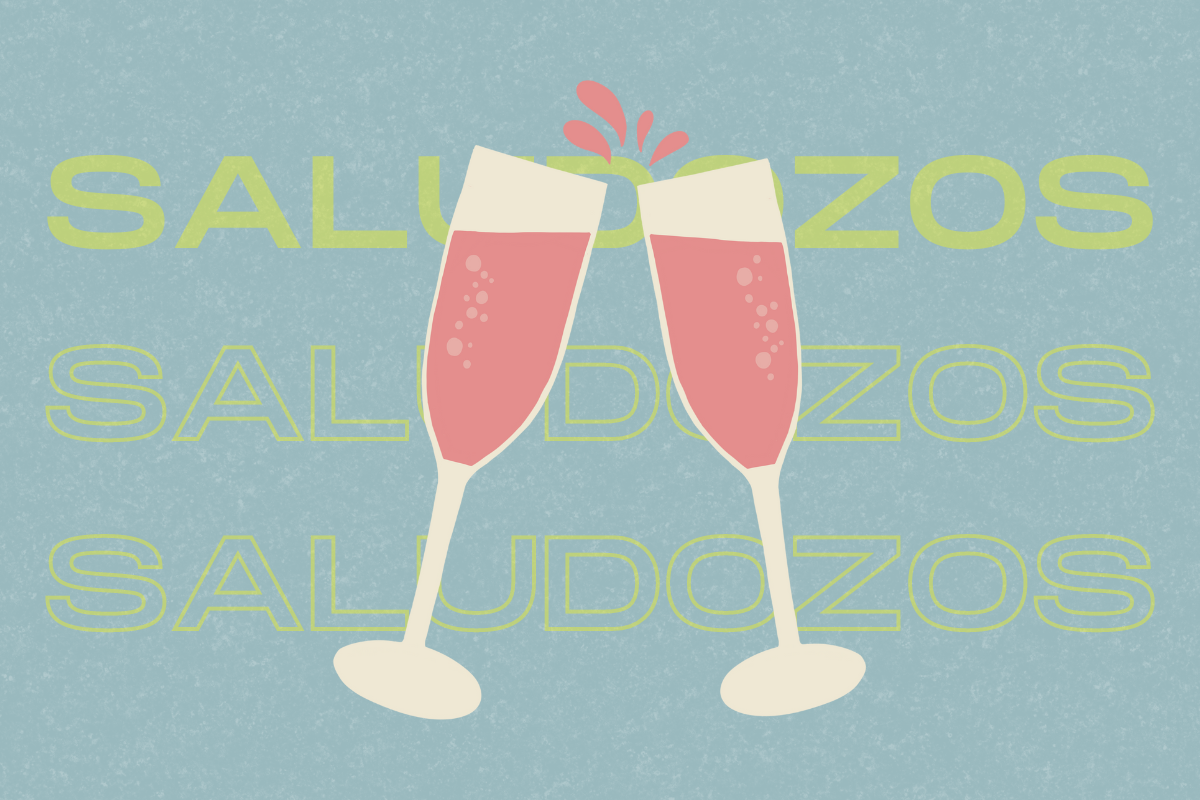Earlier in the year, I began to immerse myself in Ladino, also known as Judeo-Spanish or Judezmo. I had always been fascinated by the connection between Romance languages and my own native tongue of Sinhalese, which has numerous borrowings from old Portuguese, parallel to Judeo-Spanish. So learning Ladino became a matter of, as Hillel the Elder famously said, “if not now, when?”
More recently, my dive into the language has also emerged as a welcome form of escapism from the overpowering clutches of social media and the complexities of the tired and traumatized world we live in.
Ladino is as beautiful as it is fascinating and diverse. It is a lexical celebration of faith, family, culture and community, all of which are vital cornerstones of Jewish life. And as far as Jewish stories go, the story of Ladino is that of hope and inspiration: Its survival for over 600 years, in the face of innumerable odds, is a testament to the resilience of not just Sephardim, but the Jewish people as a whole. And perhaps on a broader scale, it is a metaphor for us getting through this difficult time, as we have done time and time again.
A not-so-small introduction to Ladino:
Ladino originally evolved as a dialect of Medieval Spanish, meshed with elements of Hebrew and Aramaic. According to the Jewish Museum of Thessaloniki, it is essentially “Hebrew clothed in Spanish, or Spanish with Hebrew syntax.”
It is a symbol of Sephardic Jews: a people of sentimentality, poetry and romance, whose memories and experiences live in the stories and cantigas (folk songs) of its words. The Sephardi are the descendants of the hundreds of thousands of Jews who fled the “Sepharad” ( the Hebrew term for Spain and later, the greater Iberian Peninsula) in the 15th and 16th centuries, as a result of the Edicts of Expulsion, which offered them the choice between forced expulsion, converting to Catholicism or being sentenced to death by the Spanish Inquisition, and the subsequent Portuguese Inquisition.
Thousands escaped to other regions of Europe, North Africa, Turkey and what is now modern Israel. Many Portuguese Jews chose to go to far-flung colonies, such as Sri Lanka, where I am from.
As a consequence of linguistic isolation from the Iberian Peninsula, Ladino words of non-Semitic origin use many consonants and inflections no longer found in Peninsular Spanish (aka the Spanish of Spain) or Portuguese. Variations of Ladino can contain borrowings and features of languages ranging from Turkish, Levantine or Maghrebi Arabic and Greek. The dialect of Ladino utilized by a speaker reflects their family’s migration journey through the ages.
However, sadly with time, the echoes of the Spanish exodus have all but died away. A huge blow to the number of Ladino users in Europe was the murder of entire communities of speakers during the Holocaust, and later displacement by Hebrew, Spanish or other dominant local languages, as a speaker’s primary vernacular.
Today, there are less than 150,000 native speakers of Ladino, in contrast to the 3 million Yiddish speakers across the globe. Most of them are elderly “olim,” or immigrants to Israel, who did not teach the language to their children and grandchildren, favoring Hebrew instead.
Thus, while evidence of Sephardic heritage can still be indicated by the use of certain customs or surnames such as ‘Pinto’, ‘Pereira’ and ‘da Silva’, very few Jews actually speak Ladino.
Despite this, efforts at language reclamation are being made. People like Alexandra Fellus (aka Ladino with Lex on Instagram), the editor of the Sephardic Brotherhood of America’s Ladino magazine, are part of a small but dedicated group that has committed to keeping the centuries-old language of their Jewish ancestors alive. I also owe many of the phrases in this piece to her; mersi muncho (thank you very much), Alexandra!
Here are eight Ladino phrases of positivity that embody the beauty and values of Sephardic culture, for anyone who could use some Jewish light right now.
“Diremos bien, para ke todo se aga bien.” This means, “We will say good (bien), so all (todo) happens well.” Ideally, we should say good things to manifest a positive outcome.
“Reuchida buena!” This term is used to wish someone “good success.” It is essentially a Ladino equivalent of “mazel tov.”
“Kerer de alma y korason,” which means “to love from the soul and the heart.” “Korason” (heart) and “alma” (soul) can be used in terms of endearment, such as in “mi korason” or “mi alma,” meaning “my heart” and “my soul.” If you want to go the extra mile for that special someone in your life, try “mi alma y korason” (my soul and heart) to add that touch of Sephardic flair.
“Ande estamos bendigamos,” meaning “where we are blessed.” This is a powerful expression stemming from the Judaic principles that invites Jews to always bless the places where they are welcomed.
“Tener famia es un bafo” meaning literally, “having a family is a breath.” This phrase emphasizes the importance of family and community, both of which are vital pillars in Jewish life, and their role as a support system during difficult times. Our families are our worlds.
“Avtaha” or “aftaha” means “hope.” Even during the most challenging of times, we as a people must hold on to hope.
“Moche muryo, Adonay kedo, ” meaning, “Moses died, God stayed” This is another reminder to never lose hope, because God is still with us.
To end this piece on a jollier note, “Saludozos!” means “to our health,” and is the Ladino equivalent of “l’chaim” or “cheers.” You may encounter this term at any mealtime, including at breakfast, though most especially at the apéritif hour — a vital social ritual. On such an occasion, one must pick up their glass, look the other person in the eyes and smile, as a further sign of confidence. Clink (though don’t spill, unless among villains) and say “saludozos.” Here’s to another 3500 years!








